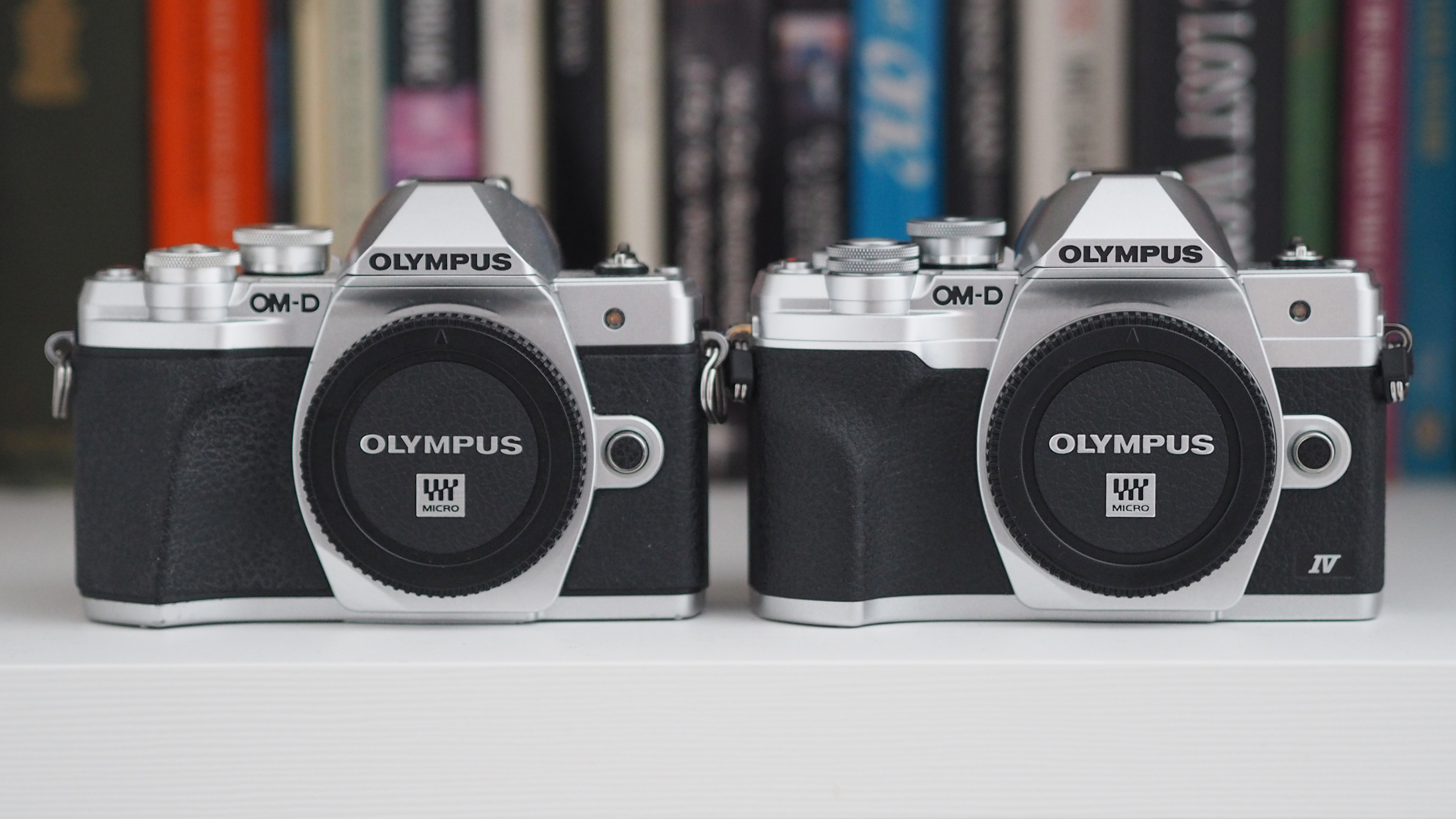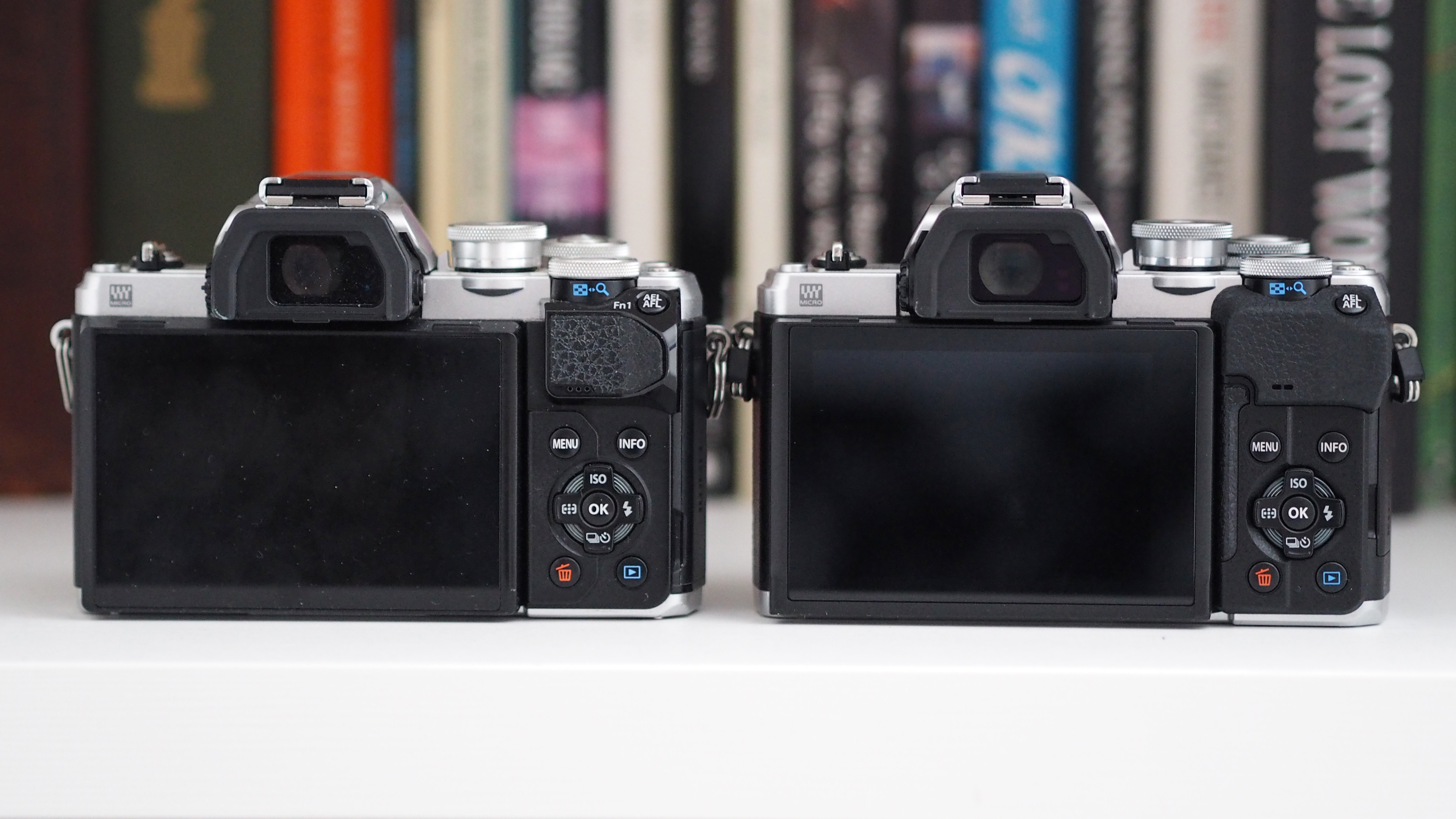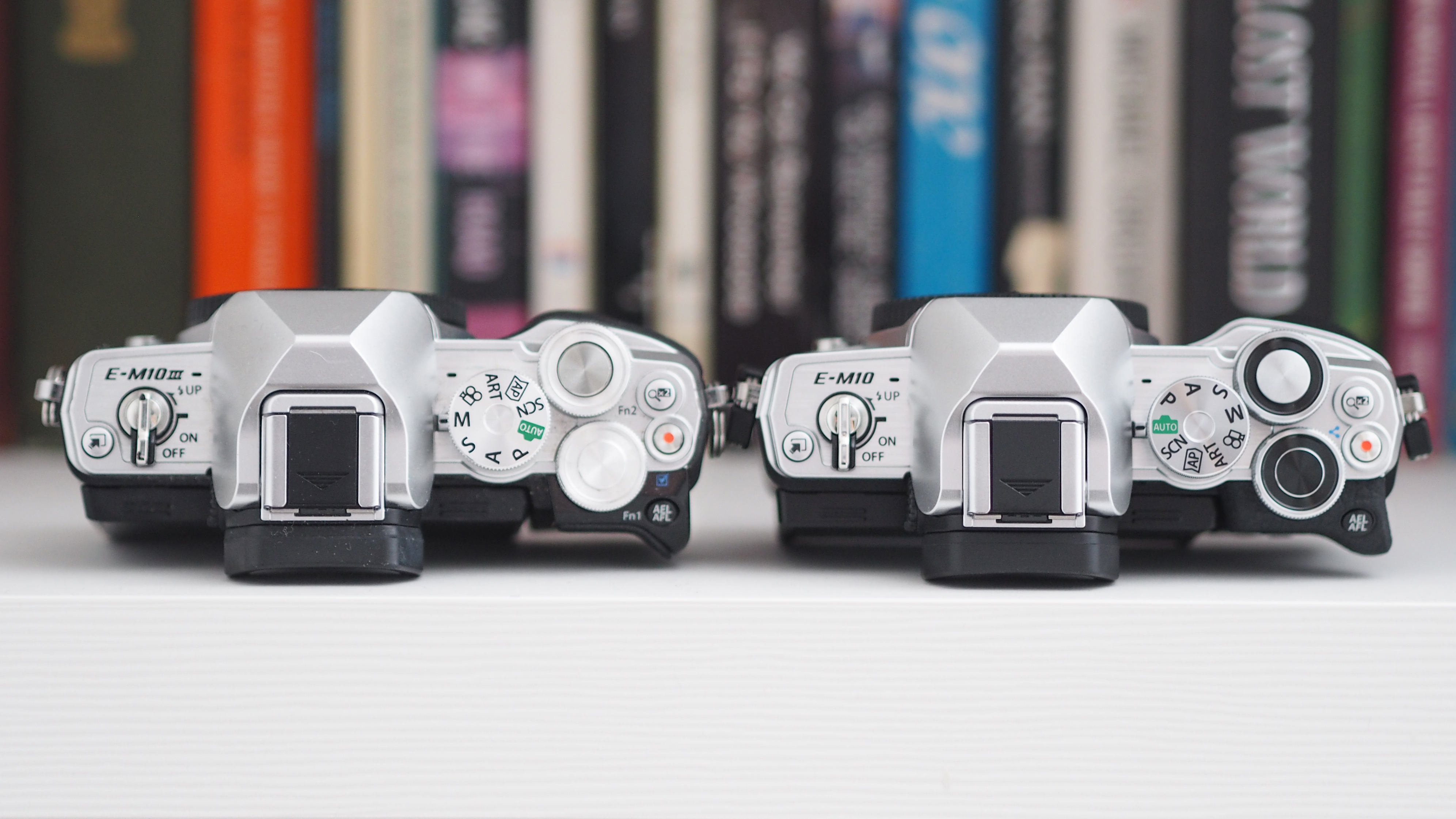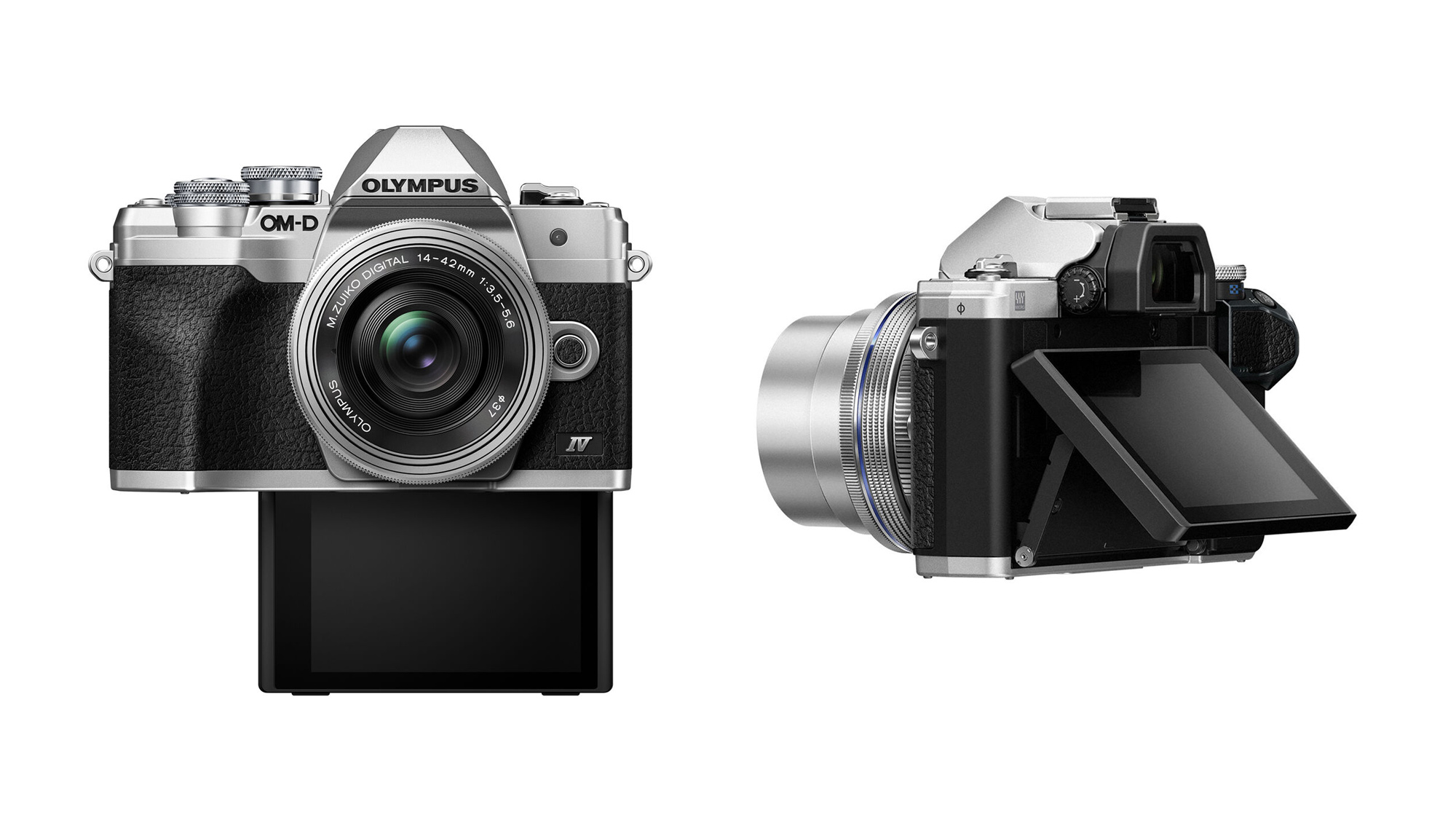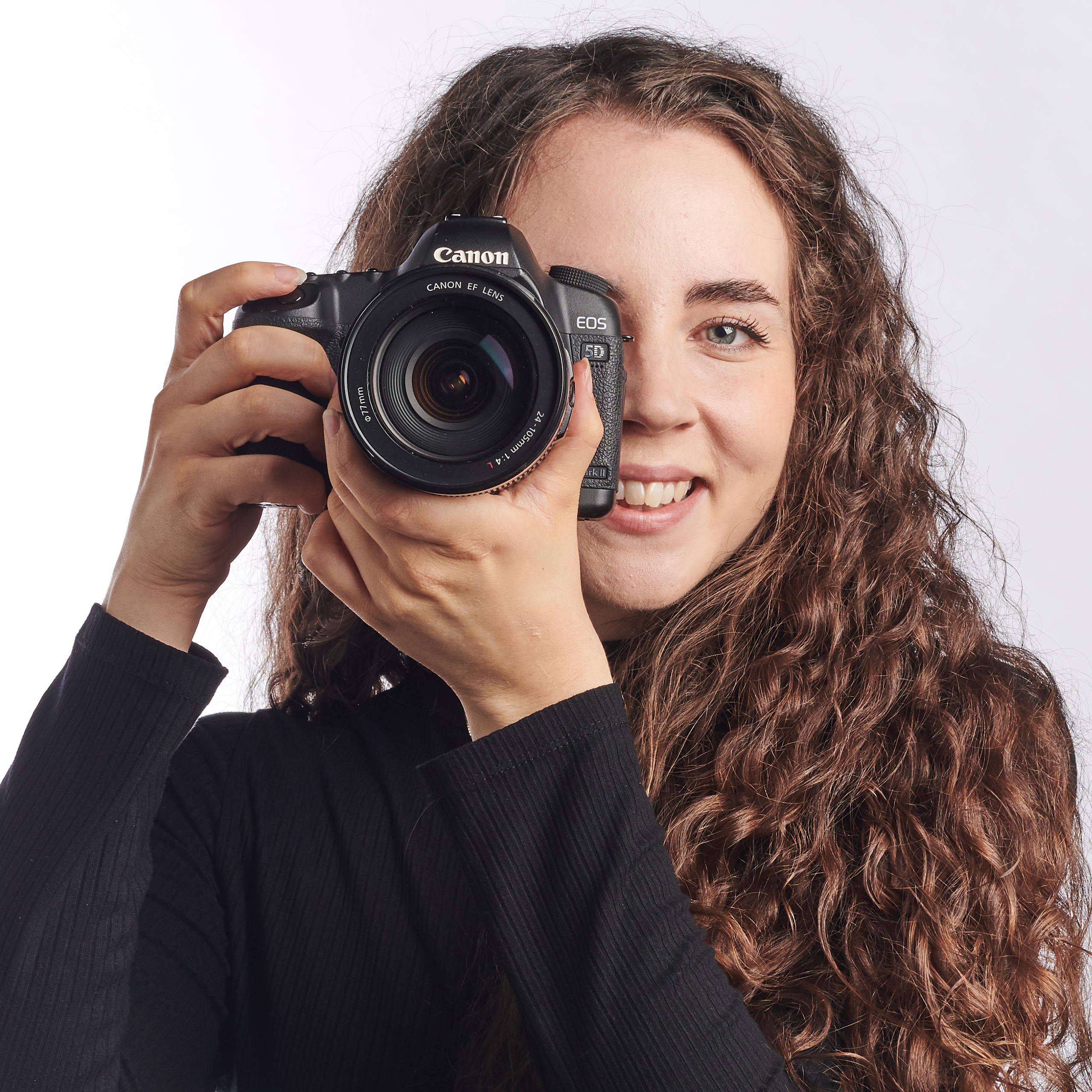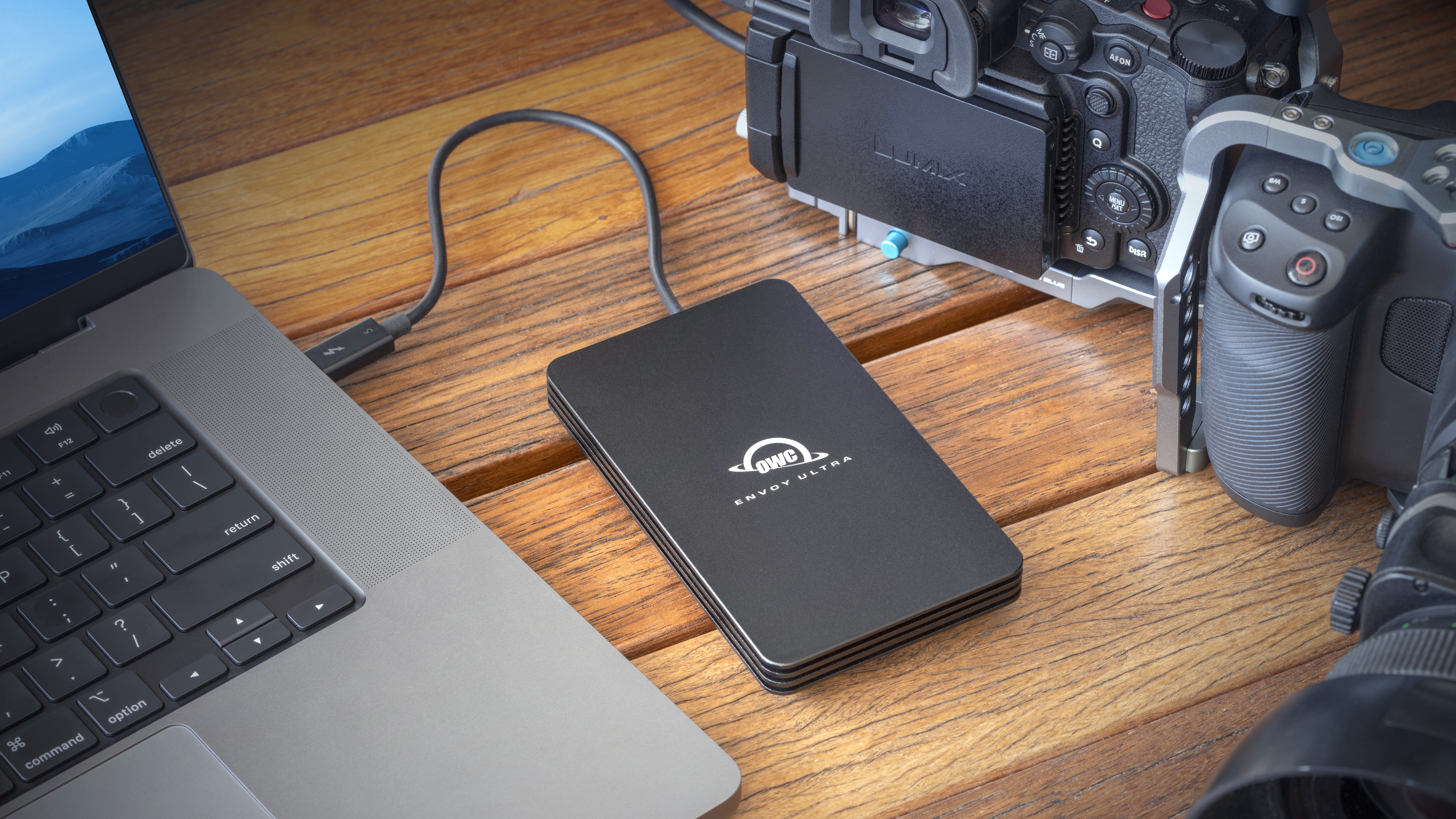Olympus OM-D E-M10 Mark IV vs Mark III vs Mark II
Which E-M10 should you buy? We pit the Olympus OM-D E-M10 Mark IV vs Mark III vs Mark II in this comparison
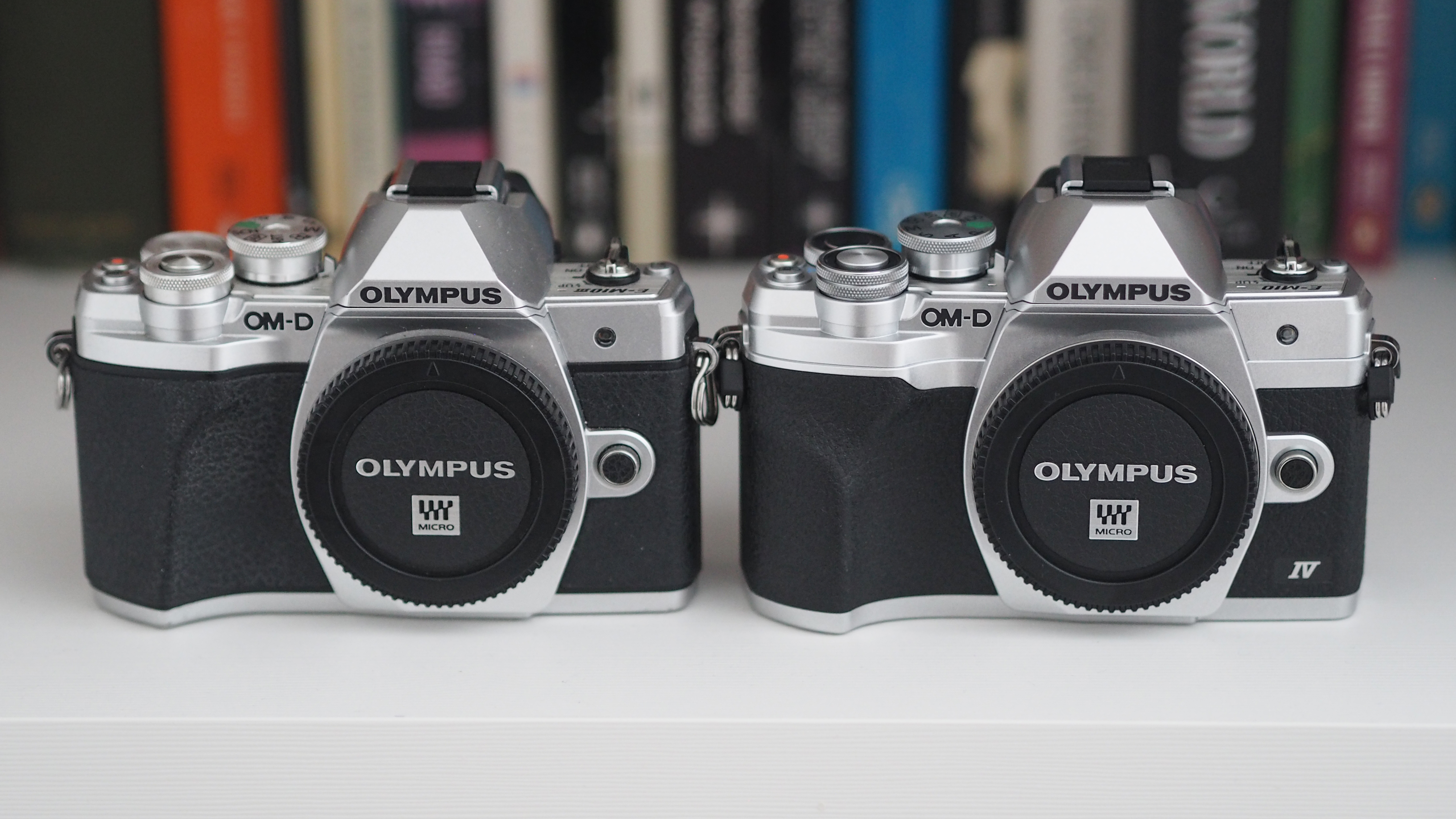
With the announcement of the Olympus OM-D E-M10 Mark IV, this travel-friendly entry-level camera got a significant upgrade. The Mark IV brings a flip-down screen and a 20MP sensor to the table, joining the Mark III's 4K video and lightweight build.
However, what exactly are the differences between these two cameras – and which one should you buy? We put the Olympus OM-D E-M10 Mark IV vs the Olympus OM-D E-M10 Mark III vs Olympus OM-D E-M10 Mark II to help you decide which one is best for you.
• Read more: Olympus OM-D E-M10 III vs E-M5 III vs E-M1 II
The specs between the latest two cameras are admittedly pretty similar, so is it worth the extra $200 or so to go for the updated Mark IV or should you stick with the Mark III? Alternatively, could the Mark II be the perfect fit for a photographer working on a budget? We broke down the differences between the sensor, video features, autofocus, screen and more to help you decide…
• Read more: Best Olympus camera
Sensor resolution
The Olympus OM-D E-M10 Mark II and Mark III both have a 16.1MP Micro Four Thirds sensor, which is the same sensor that the E-M10 line has retained since its first iteration. When the Mark III was released in 2019, there was some disappointment that there hadn't been a significant improvement to the sensor, as 24MP APS-C cameras were pretty common at this point and 16MP felt a little old-hat – even in a Micro Four Thirds camera.
However, the new Olympus OM-D E-M10 Mark IV has finally received an updated sensor. The 20.3MP 4/3" Live MOS sensor is the same one that appears in the Olympus OM-D E-M5 Mark III and the Olympus OM-D E-M1 Mark III, which means that Olympus has finally taken the sensor from its top-of-the-line cameras and shared it with its entry-level OM-D camera.
So is there any difference between the two sensors? Yes, but not by huge margins. In our Olympus OM-D E-M10 Mark IV review we lab tested the sensor against the Mark III and found that the latest version had a slight advantage over its predecessor when it came to resolving fine detail. However, the older Mark III actually beat the Mark IV when it came to dynamic range at lower ISOs (although the Mark IV overtook the Mark III from ISO 6400 onwards).
Essentially, while more megapixels is always nice, we wouldn't necessarily use the Olympus OM-D E-M10 Mark IV's 20MP sensor as the definitive reason to purchase it over the older Mark III.
Video
With both cameras capable of 4K video, the main differences between the Mark IV and the older Mark III are mostly incremental. The Olympus OM-D E-M10 Mark III is capable of 4K / 30p, 25p, 24p / IPB (approx. 102 Mbps), Full HD 1920 x 1080 (16:9) / 30p, 25p, 24p (MOV), Full HD 1920 x 1080 (16:9) / 60p, 50p (MOV) and HD 1280 x 720 (16:9) / 30p, 25p, 24p (MOV). This is respectable enough and more than useful for most users' needs.
The Olympus OM-D E-M10 Mark IV retains essentially the same specs, with no improvement in the more advanced video capabilities. In fact, the only difference we can discern is in the HD 1280 x 720 (16:9) capacity, where users can record in 60p and 50p in addition to the Mark III's 30p, 250 and 24p.
However, that doesn't necessarily mean that the Mark IV isn't better for video. As cover further down, the Mark IV's flip-down screen is quite the game-changer.
However, how does the Mark II fare for video? Well, there is no 4K, as this was introduced with the Mark III. However, discounting 4K, the rest of the video specs pretty much line up with the Mark III. If you're not particularly interested in video, then perhaps the Mark II could be a good option for you.
Autofocus
While there's little discernible difference between the specs of Olympus OM-D E-M10 Mark IV and its predecessors regarding autofocus, this is actually one of the main areas that the E-M10 line has seen major improvements.
The Mark IV features improved Continuous AF precision for continuous focusing on moving subjects, which means that you can retain focus on your subject even when its moving around your frame. We tested out how well it works in the GIF below…
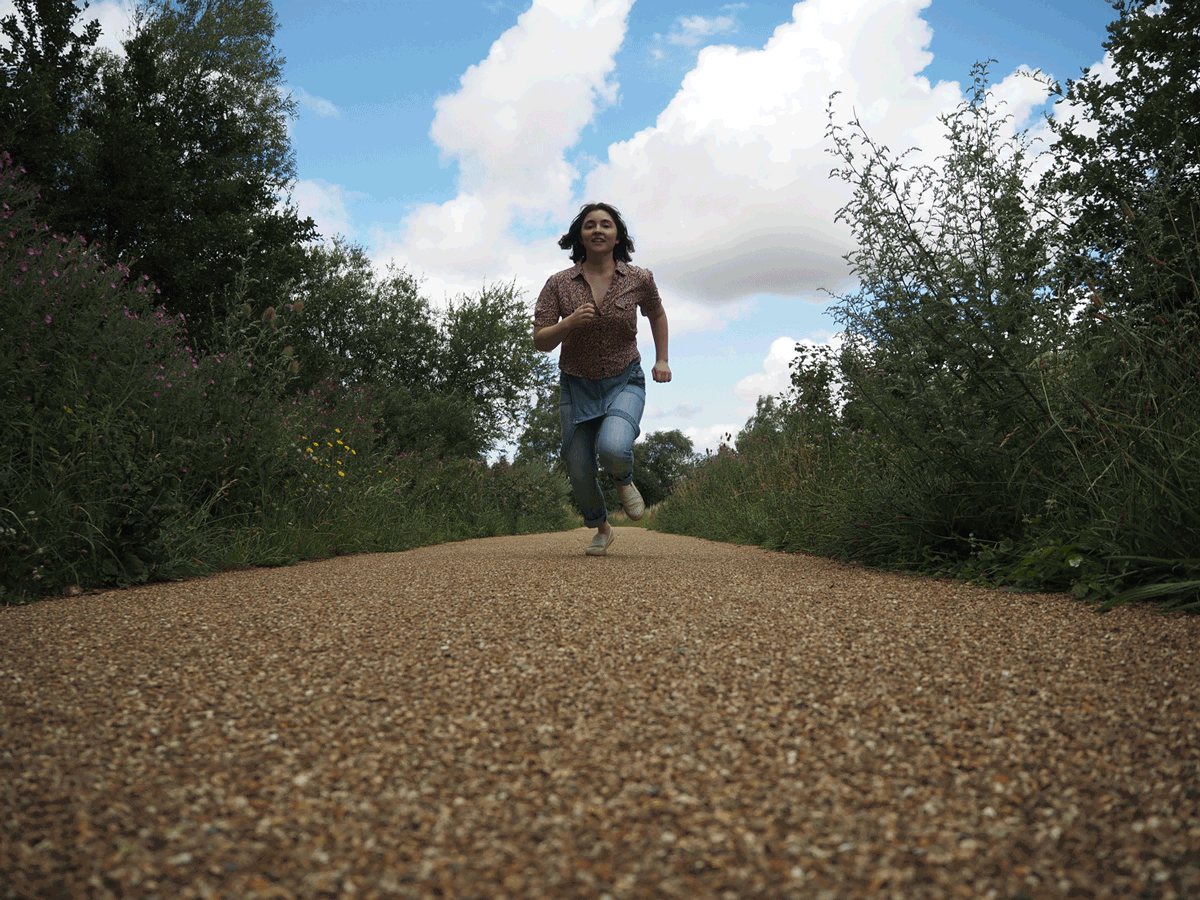
As you can see, the Mark IV is able to retain focus on the model until she's around one meter away from the camera, which is a pretty solid performance.
The Mark IV also saw improvements in Face Priority/ Eye Priority AF. The older Mark III and Mark II also had this mode, but the Mark IV is now capable of focusing on faces in profile or looking down. This should help ensure that users can capture sharp portraits, even if their subject is posed at an unconventional angle.
Viewfinder, LCD and body
The biggest difference between the Olympus OM-D E-M10 Mark IV and the Mark III and Mark II, other than the improved 20MP sensor, is definitely the LCD screen on the back of the camera. While the Mark III and Mark II both feature a tiltable screen that allows users to capture high and low angles without having to strain themselves, the Mark IV goes one better.
The Mark IV's screen is capable of flipping down 180º for self-facing video and selfies. This is the first time a flip-down LCD monitor has been available in the OM-D line-up – and it's a very welcome addition.
A flip-down monitor is likely to make the Olympus OM-D E-M10 Mark IV a tempting proposition for would-be vloggers. However, there is a small spanner in the works. Neither the Mark IV or the Mark III have a microphone or headphone input. This means that both cameras' vlogging capabilities are limited. However, considering that the E-M10 is an entry-level camera, there's really only so much we can expect from it before it'll begin to step on the toes of the E-M5 or E-M1 line.
Verdict
Ultimately, the biggest differences between the Olympus OM-D E-M10 Mark IV, the Olympus OM-D E-M10 Mark III and the Olympus OM-D E-M10 Mark II essentially comes down to the updated 20MP sensor and the new flip-down screen. There are also interesting updates made to the autofocus, with Continuous AF and Face Priority/ Eye Priority AF both receiving updates to help them work better.
Other than that, there's not a huge amount of difference between the Mark IV and the Mark III. If you're keen to have the best possible image quality, then the Mark IV will probably pip it for you (although you might want to consider going for a camera with a larger sensor if a lack of resolution is your personal bug-bear). Alternatively, if you're a budding vlogger, then the flip-down screen might prove useful.
If you enjoy capturing sports or wildlife photography, then you might find the improved Continuous AF helpful. In addition, if you like shooting snaps of your young family, then the improved Face Priority/ Eye Priority AF will definitely come in handy.
Alternatively, if none of these options apply to you and you're looking for a decent travel-friendly and lightweight camera that won't blow your budget, then the Olympus OM-D E-M10 Mark III is a fantastic camera that will certainly serve you well. However, if you're not particularly interested in shooting 4K video and the incremental improvements in autofocus and burst shooting between the Mark II and Mark III don't appeal to you, then you might find the Olympus OM-D E-M10 Mark II is a better fit for you.
• Pre-order the Olympus OM-D E-M10 Mark IV from Adorama (USA)
• Pre-order the Olympus OM-D E-M10 Mark IV from B&H (USA)
• Pre-order the Olympus OM-D E-M10 Mark IV from Park Cameras (UK)
• Pre-order the Olympus OM-D E-M10 Mark IV from Wex (UK)
• Pre-order the Olympus OM-D E-M10 Mark IV from Ted's Camera (Australia)
Read more:
Best cameras for vlogging
Best lenses for vlogging
Top vlogging tips
Best microphones for vlogging
Best Panasonic cameras
Best Micro Four Thirds lenses
The best camera deals, reviews, product advice, and unmissable photography news, direct to your inbox!
With over a decade of photographic experience, Louise arms Digital Camera World with a wealth of knowledge on photographic technique and know-how – something at which she is so adept that she's delivered workshops for the likes of ITV and Sue Ryder. Louise also brings years of experience as both a web and print journalist, having served as features editor for Practical Photography magazine and contributing photography tutorials and camera analysis to titles including Digital Camera Magazine and Digital Photographer. Louise currently shoots with the Fujifilm X-T200 and the Nikon D800, capturing self-portraits and still life images, and is DCW's ecommerce editor, meaning that she knows good camera, lens and laptop deals when she sees them.
